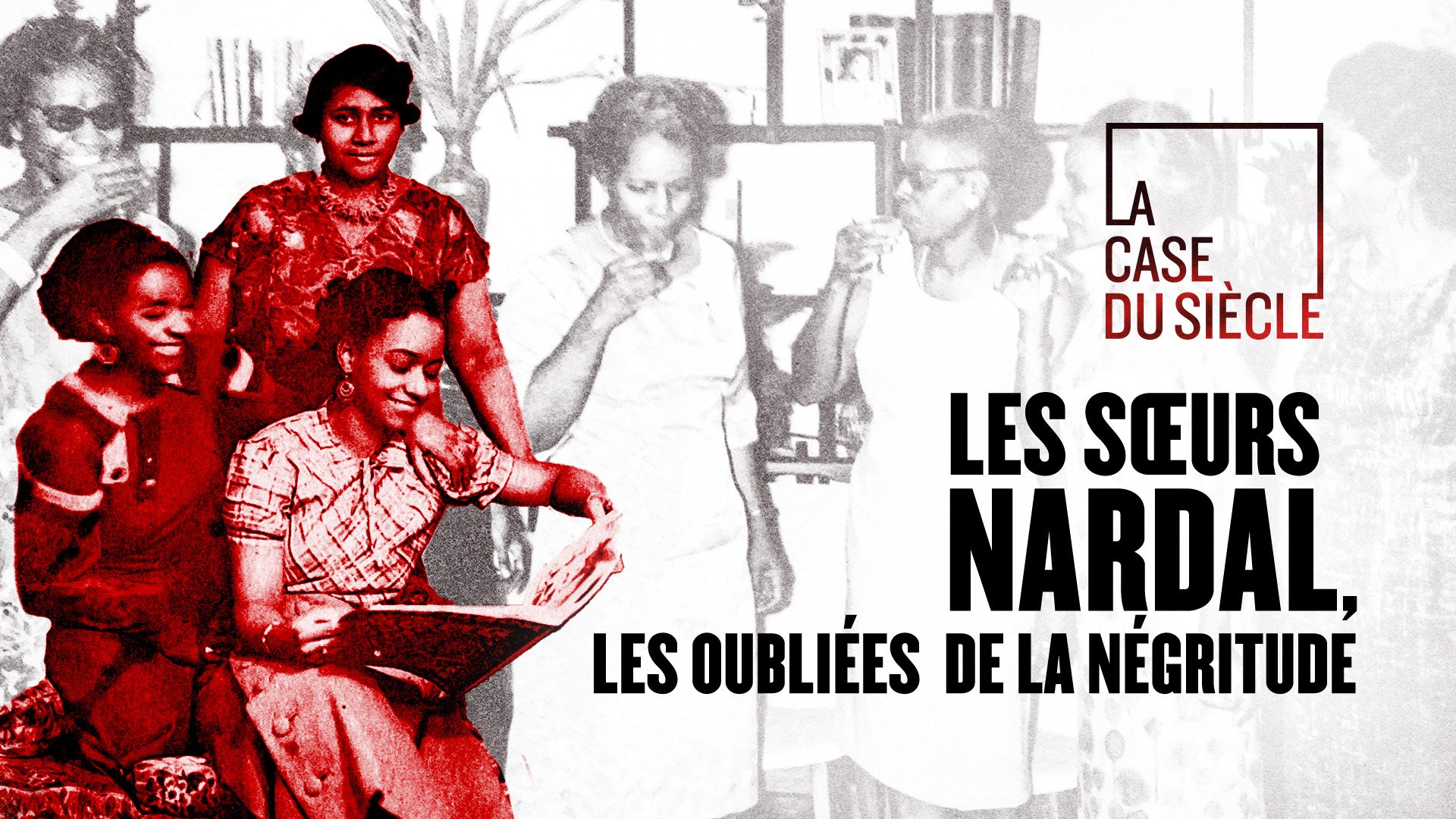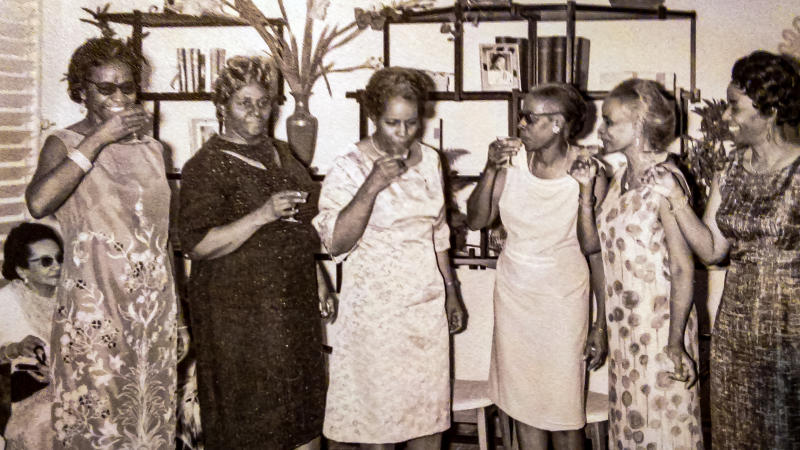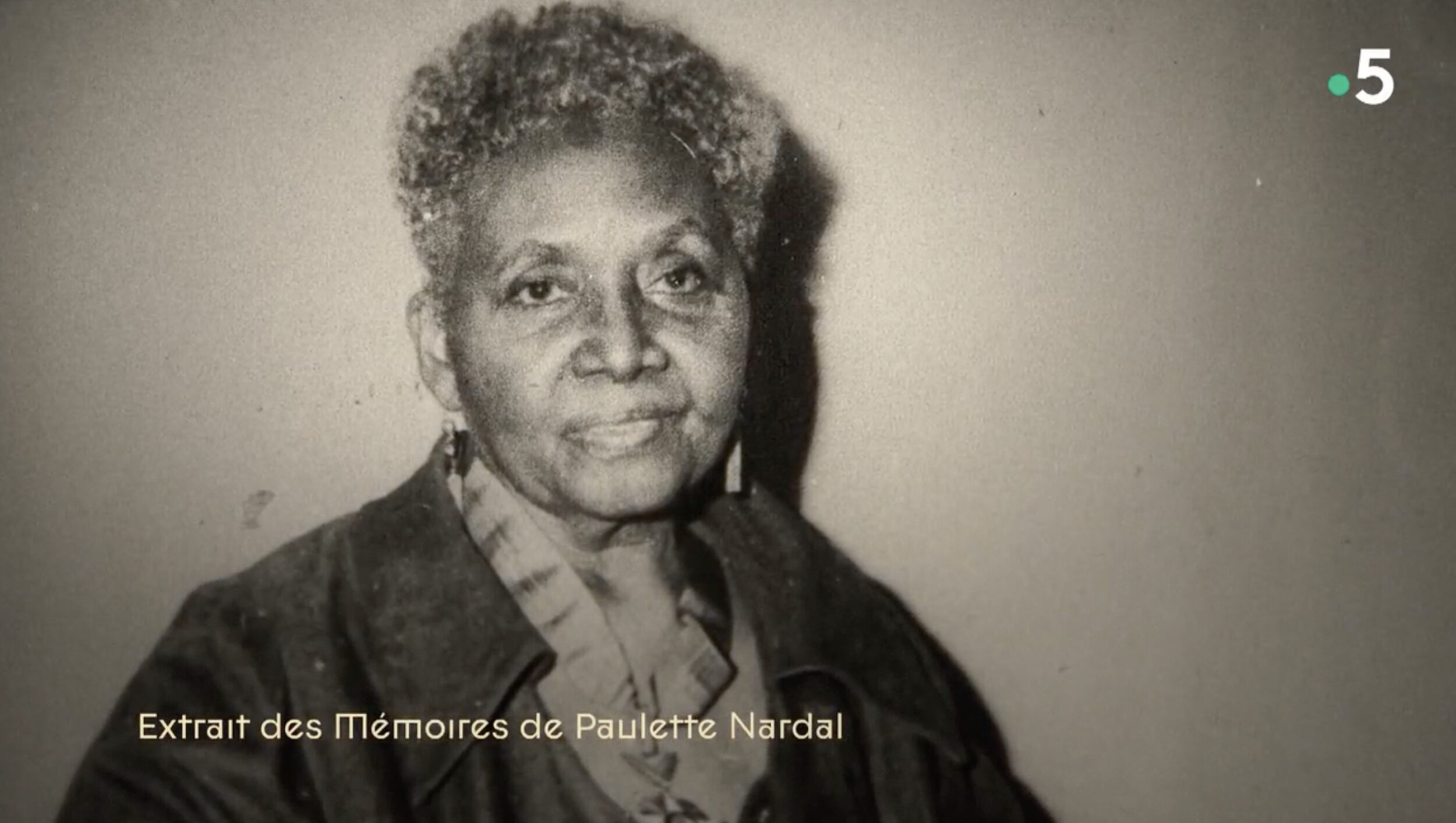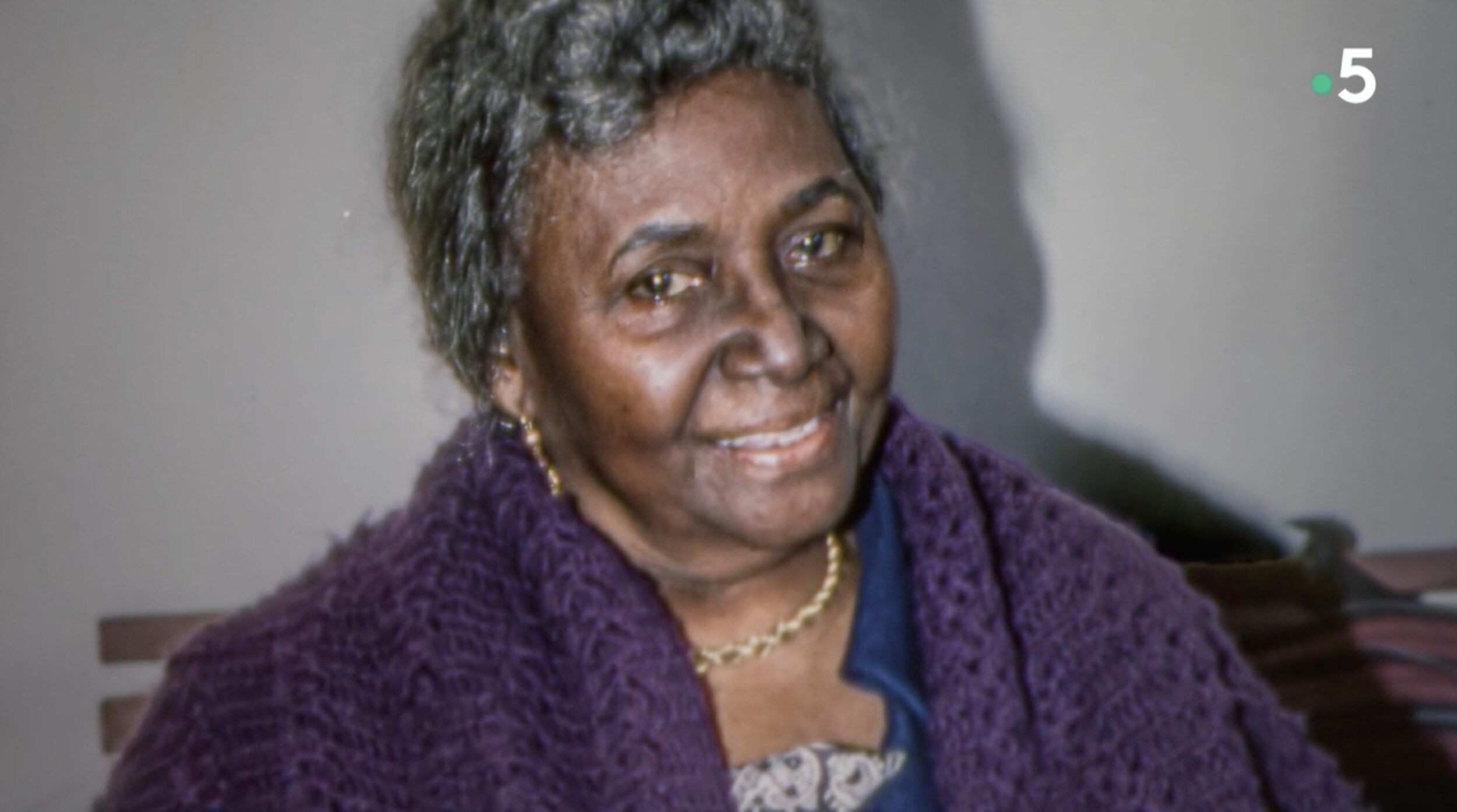If the horrors of slavery, colonial issues and independence occupy only a few pages in history textbooks in France, they are mainly linked to a few names, obviously men: Léopold Sédar Senghor, Aimé Césaire and Léon-Gontran Damas. However, the Negritude artistic and political movement they co-founded and which supported the empowerment struggles of black peoples benefited from the invaluable and little-known contribution of women – the Nardal sisters, as a powerful documentary illustrates. First broadcast on 12 March 2023 on France 5, The Nardal sisters, the forgotten ones of negritude compensates for their invisibility and remains available in replay until 20 September 2023 on the france.tv website.

The Nardal sisters have anchored Afro-feminist issues in France since the early 20th century
The Nardal sisters, the forgotten ones of negritude it also highlights how these French intellectual figures were at the forefront of concepts that had not yet been named such as Afro-feminism, intersectional feminism, and misogynist. Concepts often erroneously perceived by a part of the general public as recent inventions from the United States imported into France. This precious documentary therefore allows us to anchor in France these questions which date back at least to the beginning of the 20th century with the Nardal sisters.
Written by Léa Mormin-Chauvac and Marie-Christine Gambart, this documentary focuses particularly on Paulette (1896-1985), the eldest of the 7 Nardal sisters :
“A woman of letters, she was with her sisters among the first to proclaim the imperative need for black people everywhere to be proud of who they were. At a time when an entire generation is taking over the anti-racist and feminist struggles, their fight for pride resonates. »

Who were Paulette Nardal and her sisters and why are they hidden by Negritude?
Born just 48 years after the second abolition of slavery (which took place in 1848, while the first abolition of 1794 was revoked in 1802), Paulette Nardal grew up raised by her father Paul (the first black to receive a scholarship for the Arts and Trades after abolition, before becoming the first black engineer) and his mother (an accomplished music teacher and pianist). Parents encouraged their daughters to continue their education as 1 in 5 Martiniquais was educated in the early 20th century. Paulette Nardal leaves her native Martinique to join France to study English and French literature at the Sorbonne. Once she graduated, the eldest held a salon with her sisters in Clamart, where they invited many artists and intellectuals from all walks of life.
It is in their house at 7 rue Hébert that Léopold Sédar Senghor and Aimé Césaire notably meet. It is also from there that Paulette Nardal writes in her diary The African Expeditionfounded by the Guadeloupian Maurice Satineau, a founding text, “Black internationalism”, where he advocates equality and solidarity among black people around the world, is one of the first calls for what is now called Pan-Africanism today.
In 1931, Paulette Nardal created The review of the black world, with the Haitian Léo Sajous. Each issue offers inquiries, history texts, reflections on the economy, on art, with the desire to create a cultural and theoretical deposit of a black conscience. The intellectual ensures an important unifying role for American, Caribbean, European and African blacks, and materializes it through another essential text, ” Raise awareness of the breed » which lays the beginning of what Aimé Césaire will soon call Negritude.
This documentary also allows us to better understand the context in which these reflections on social justice take place: in 1931 the Colonial Exposition was held, which dehumanized the natives of the French colonies through human zoos, for example (less than a century has passed that in Paris one could still go and see humans locked up like fairground animals…). In response, young Martinican Marxists organized the magazine Personal defence in 1932. But Paulette Nardal and her sisters, all very pious, stay away from communism and its red atheism. This is what partly marks a break between them and the champions of Negritude, Léopold Sédar Senghor, Léon-Gontran Damas and Aimé Césaire. You first used this term in 1935 in the magazine The black student (which he co-founded with his two companions) to advocate for self-acceptance and denounce colonial alienation: “ We must plant our blackness like a beautiful tree until it bears its truest fruit. »

Paulette Nardal and her sisters, great figures of Afrofeminism in France
” Césaire, Damas and Senghor have taken the ideas we wielded and expressed them with much more sparkle and brilliance. We were only women, but we unquestionably paved the way for them “particularly says Paulette Nardal in her memoirs, who continues her lifelong feminist and anti-racist commitments.
In 1945, when women gained the right to vote in France, Paulette, Alice and Lucie Nardal founded Le Rassemblement féminine. This feminist association begins by organizing transport convoys so that all the women of Martinique can vote, even from the remotest corners of the island, before adding more strings to its bow to promote their emancipation. In the process, they create the magazine The woman in the city where Paulette Nardal writes about the place of the Martiniquaises in society and denounces domestic violence and machismo.
Facing mistrust from the authorities and sexism from her compatriots about her busy activities, Paulette Nardal closed the Women’s Rally in 1951 and turned to music at the age of 55, co-founding the choir” joy of singing “. Then help import the file spiritual black in Martinique (a type of vocal and sacred music born among black slaves in the United States in the 19th century, and which is at the origin of the gospel).
Invisible godmother of Negritude, Paulette Nardal is still entitled to a belated recognition from some of her male peers and establishments. It is post mortem that several academics, particularly in the United States, realize the essential dimension of the Nardal sisters and their work for negritude, Afrofeminism and pan-Africanism. Even in France, associations are now calling for the pantheonization of Paulette Nardal, alongside the rare black personalities who appear in it (such as Félix Eboué, Joséphine Baker and Aimé Césaire). And this fascinating documentary makes you want to believe it again, as she played a life-saving role for black people, especially women. As she liked to say in Martinican Creole: “ Mwen ka helped you prepare the po-a » (« I help them wear this skin-There “).

The documentary The Nardal sisters, the forgotten ones of negritudewritten by Léa Mormin-Chauvac and Marie-Christine Gambart, for France 5, available in rerun until 20 September 2023 on the france.tv website.
Source: Madmoizelle
Mary Crossley is an author at “The Fashion Vibes”. She is a seasoned journalist who is dedicated to delivering the latest news to her readers. With a keen sense of what’s important, Mary covers a wide range of topics, from politics to lifestyle and everything in between.




